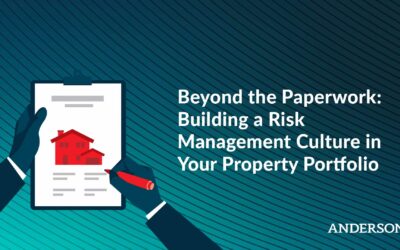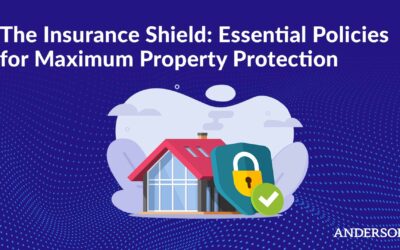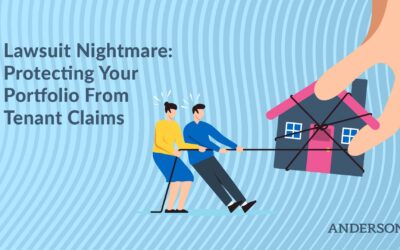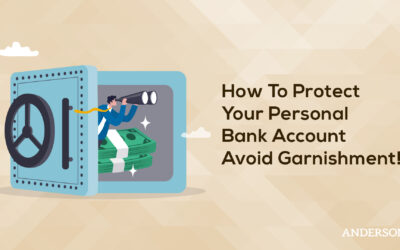Understanding Positive Cash Flow to Properly Invest in Real Estate
The best thing in the world is buying things with very little debt on them. You’re not going to have to worry about having to pay the bank if you’re keeping debt at a minimum. Success is about covering your bases and following a proven process. Founding partner and tax attorney Toby Mathis, Esq. breaks down key action steps needed to succeed as an investor.
Updated October 1, 2021
For real estate investors, careful analysis of the numbers is key to real success. I’m constantly looking at the numbers behind things, and the recent numbers on rental properties…yikes. A lot of us are getting into trouble, swept up by the sea of trendy opportunities and acting on gut instincts. If there’s anything I’ve learned in my two decades of experience, it’s that your feelings don’t belong in the investing world.
Here’s what happens.
Some properties do well, some, not so well. If I have money going out for a property, well then, I’m paying money out. If more money’s going out than coming in, we’ve got negative cash flow, and while cash flow sounds like a good word, you don’t want this kind. It’s not an unusual situation: all properties require upfront investment to get to cash flow. But how do we know if a property will churn out the positive green, or keep asking us for more and never return the love?
Luckily, there’s a simple answer here. What you do is focus on the gross rents of a property and just cut it in two. Yup. Any property, you take the gross rent, then cut it in two. It’s that simple. That’s going to be about what you get. I’m just telling you after doing tens of thousands of these and looking at tons of portfolios, on and on, the insurmountable volume of paperwork, oh the agony. Well, I won’t trouble you with how many packets of fine print lawyers go through. What I will say is, I myself own over 200 properties and use this formula for each investment.
Now, if you go a slightly different route, such as building your own property, it’s going to be closer to 65% to 75% that you’re actually getting to keep. Ever watch Burn Notice? Old show, but the point is, don’t get burned. When you’re running rental properties, this is the easiest way to make sure you never get burned. If my gross rents, for example, are $24,000 a year, I’m just going to cut it in two which means I’ve got $12,000 for that year in actual profit. That’ll be my net operating income (NOI). Out of that, I have to be able to cover my debt service.
For example, let’s say you’re looking to invest in a property, and the loan taken out would be $250,000. Of that $250,000, let’s say I’m buying 5% of the property through the down payment- that’s about $12,500 a year in interest alone. If we follow the rule of two and factor in expenses, you’re paying nearly the same in interest as you’re earning from rents annually. So we have a negative amount, in other words, Sadie Hawkins Dance- not with this property, HARD PASS. It’s not a good deal because, with that negative cash flow, we’re too close to the edge.
Some of you may be saying, “I know, I know, but I use leverage…” Look, that’s your prerogative. All I’ll say is having done this for more than two decades and having worked with quite literally tens of thousands of investors, we see this being a common source of trouble for many. No matter what your individual strategy looks like, you want lots and lots of wiggle room. What’d Bruce Lee say, “Be like water”? Yeah, it’s all about liquidity! Same thing.
Any investment property can hit puberty hard, and unkindly in a number of scenarios. If I have a tenant sue me for mold, not pay rent, sit on their heels, destroy the property, mess with it, you name it. If I can’t use my property in about six months from now, it’ll hurt even more. Recovering from that? Not likely. Unless you’ve got a really good job somewhere else, or a rich family member you didn’t know about. Any number of these scenarios will suck the positive cash flow from all the other properties and that’s where people get into trouble. That’s what we saw in 2008-2010.
Okay, enough darkness, time for the good news. What type of deal would I buy? The easiest and most secure way to invest is to buy with cash initially. I know, no one wants grandma’s advice, but it stands the test of time, and grandma ain’t filing bankruptcy. Some of you guys want to buy first, and figure out numbers later. Trust me, I empathize with that, but history proves that strategy wrong… at any date, literally. Assuming you’ve run the numbers, stacked cash, and reached near zen-like calm for investing, now we can begin the hunt. What’s a good property? Well, let’s say the $70,000 to $150,000 range. And if you don’t know where to find those properties, by all means, contact us and we’ll show you the right places to look. Anything upwards is a nay, no, pass-over on that. Within these entry-range properties are where the steady cash flow machines are.
So how do I crunch those numbers? The easy way is to take gross rents, divide them by two, and that’ll be close to what the net operating income is. Then, factor in what the debt services will run you. Oh, and a good rule of thumb, I’d say that your debt service, the amount you pay for interest, should be no more than 25%-30% of your gross rent amount. Do this, and that’ll keep you out of trouble. In the future, if you have leverage and a bunch of cash flow properties bringing in the green, well then you can stomach any downturns in the market. Do that, and you’ll be successful.
To hear what others have to say about working with Anderson, click here to check out our reviews.
Bonus Video
Free Strategy Session with an Anderson Advisor
Receive a detailed risk assessment to assist in lowering problem areas that could wipe out all of your assets with one wrong move. Speak with an Anderson Professional Advisor to get your FREE Strategy Session. Limited-Time offer: FREE (a $750 value.)












